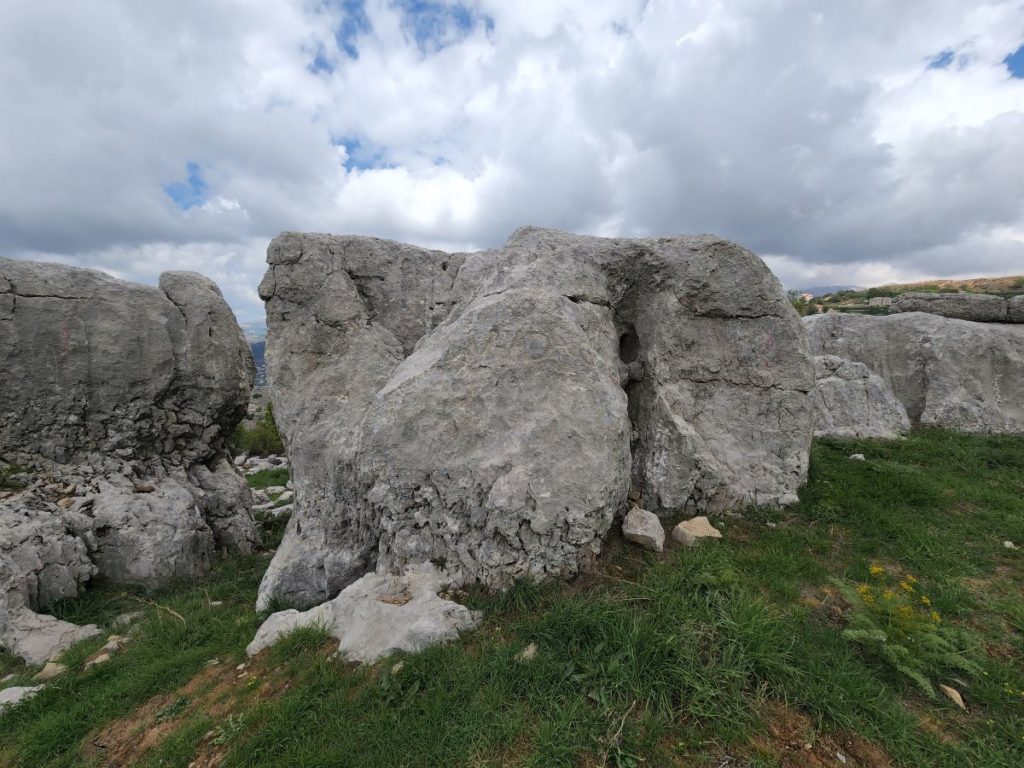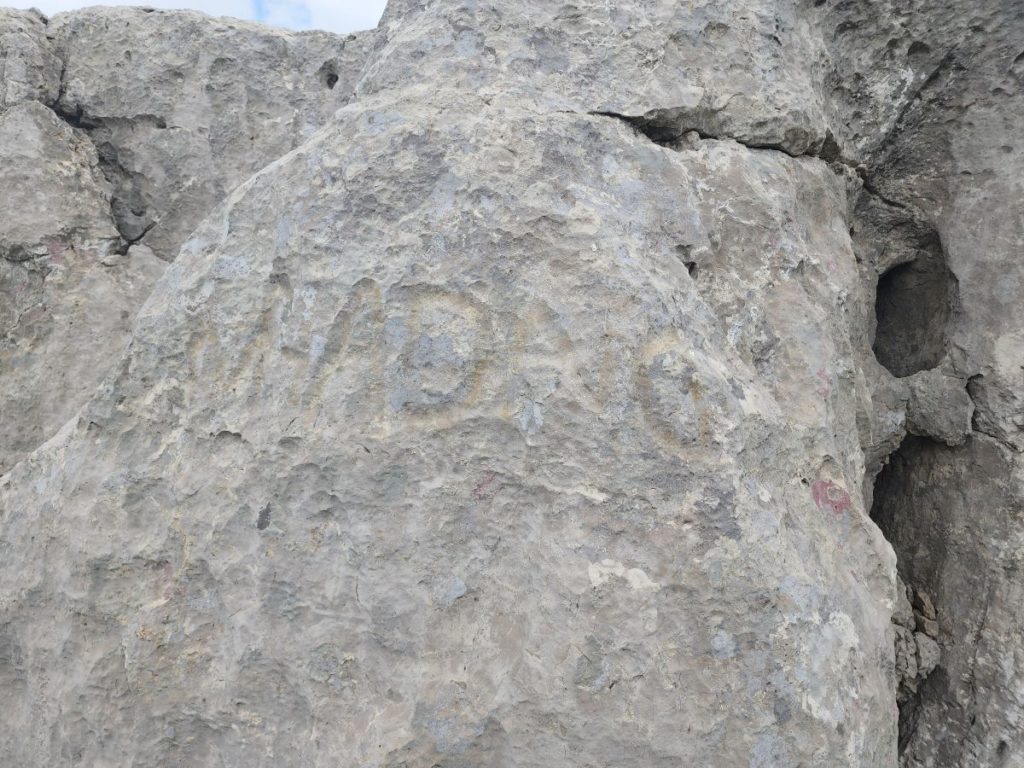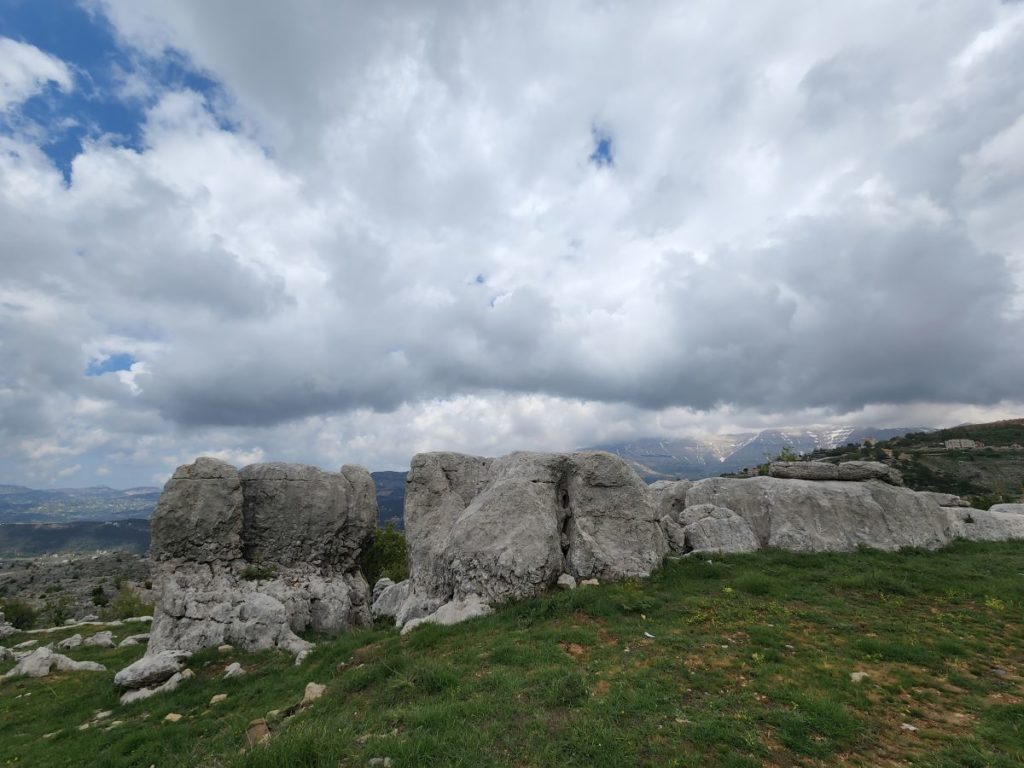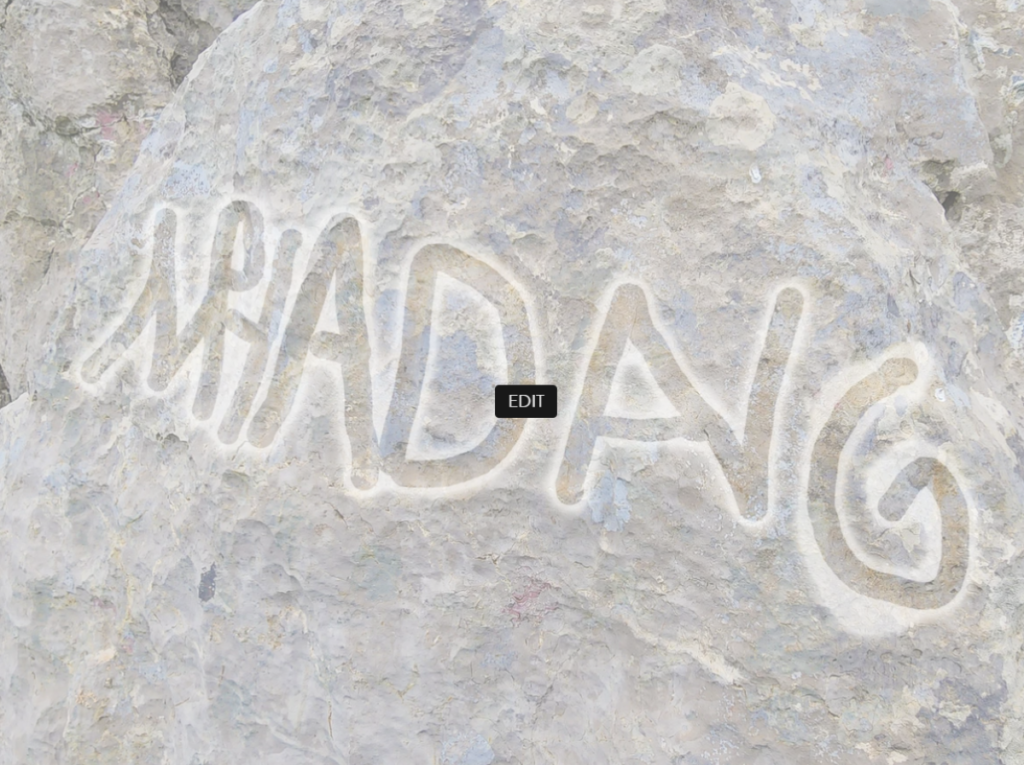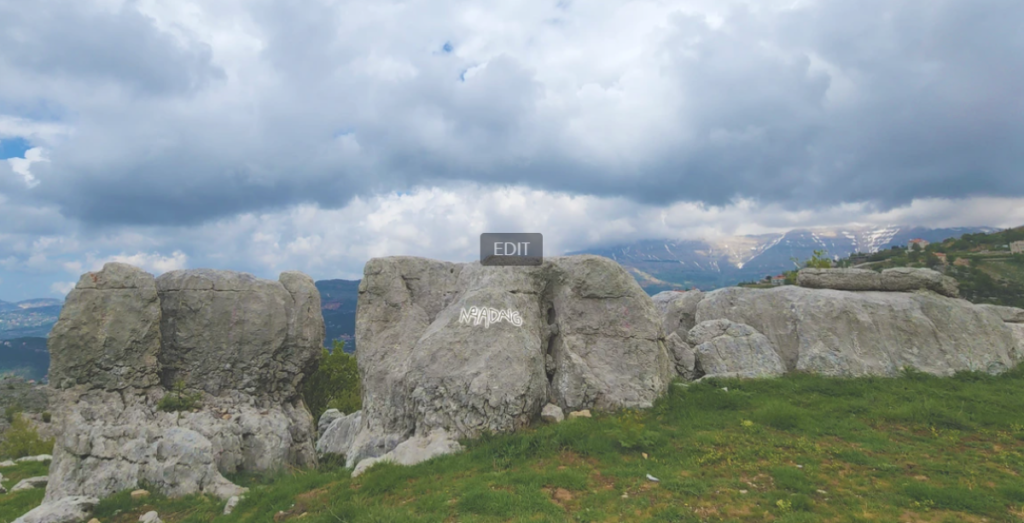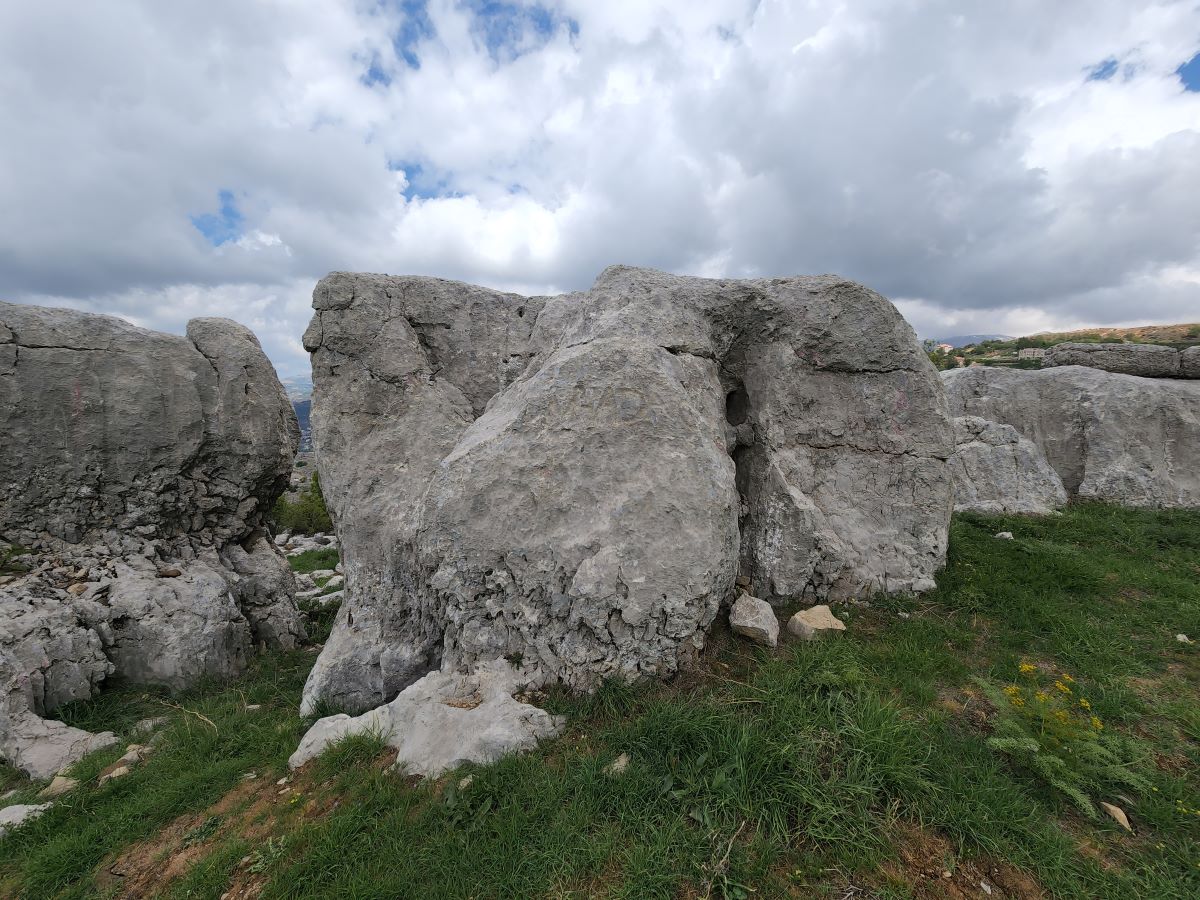An important Latin inscription is engraved on a massive rock that borders the Mtein-Baskinta road.
Historical Background
Between the 1st and the 2nd century AD, a massive deforestation of the Lebanese mountains took place for commercial and construction purposes. This event threatened the industry of ship-building, putting at risk the maritime military and commercial power of Rome over the Mediterranean sea.
Consequently, Emperor Hadrian (76 AD – 138 AD) prohibited cutting down four main species of tree necessary for naval construction – The Cedars, the Cilician Fir, the Cypress Leaf Juniper and the Oak tree. This ban was reflected through hundreds of rock engravings between the Matn and the Akkar districts.
These inscriptions are known today as the Hadrian Inscriptions.
Latin
The letters found on the rock are as following: IMP HAD AVG which stands for IMPeratoris HADriani AVGusti.
Emperor Hadrian Augustus – in other words, the forests of this area belonged to the domain of the emperor.
Importance
The Hadrian inscriptions can only be found in Mount Lebanon, making it a unique heritage in the world.
This act by Emperor Hadrian is considered by many scholars as one of the first initiatives to protect the rich forests of Mount Lebanon. A similar act was executed about 700 years earlier by the Assyrians who ruled over Lebanon when, at one point, the forests belonged to the Assyrian empire, thus prohibiting the cut down of trees and limiting this act to the governors only.
Several inscriptions can be found in the highlands of Byblos and Keserwan, such as Ehmej-Laqlouq inscritpion, Tem El Qoubour inscription and Jabal Moussa inscription.
Karim Sokhn
Tour Operator & Tour Guide
References
Les Inscriptions Forestieres d’Hadrien, Hani Abdul-Nour, 2001, p. 77
